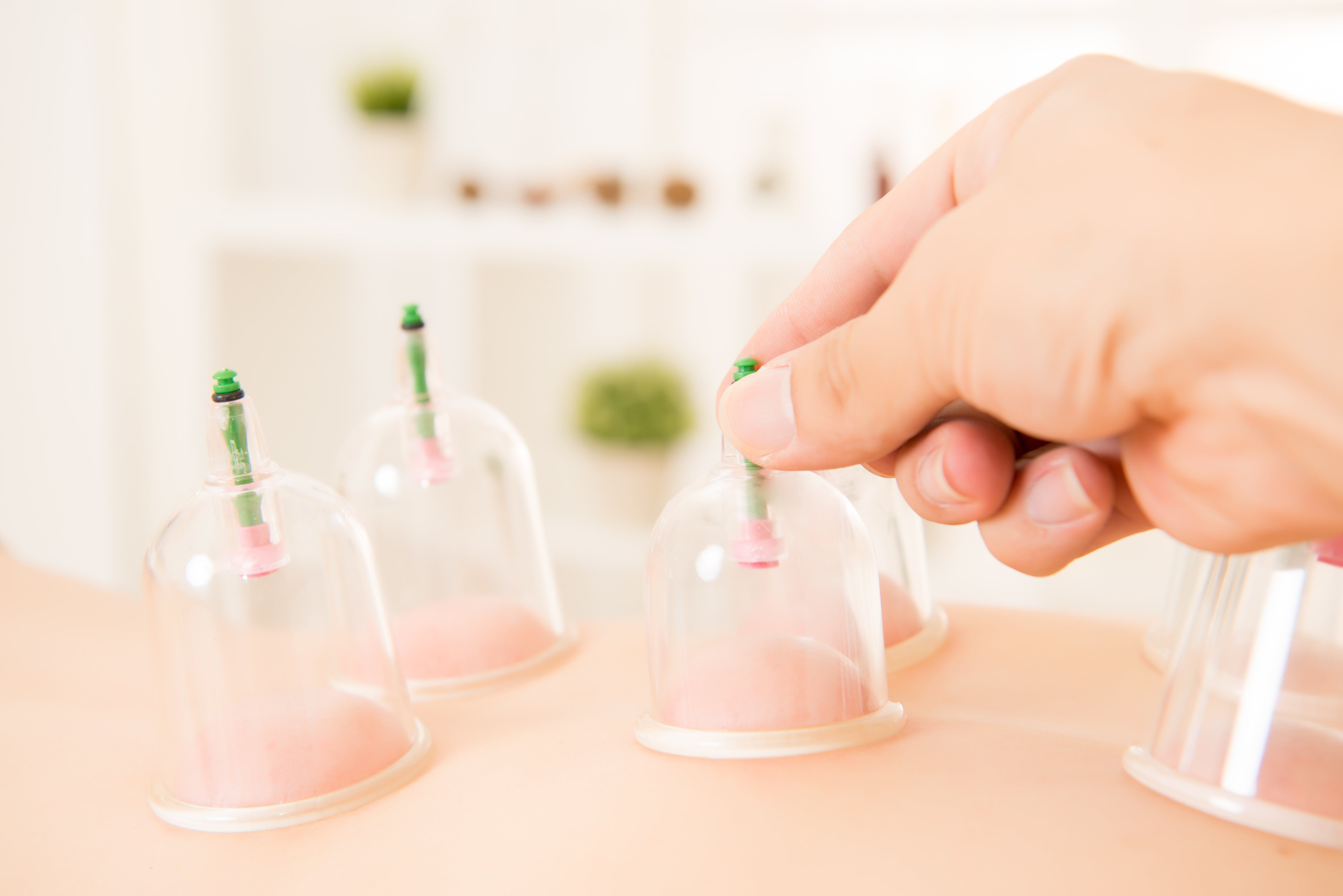Cupping sometimes produces blisters, particularly in regions of the body with high toxicity. Questions about if cupping blisters are harmful or not are easily answered when we look at the evidence.

Cupping has been an important element of traditional medicine, particularly in East Asia, for decades. There are differing opinions on whether cupping blisters are harmful or not, both short-term and long-term. For example, many practitioners argue cupping induced blisters are normal and beneficial to healing. Then, there are others who see the surface damage and assume it to mean something negative.
Recently a study published in Complementary Therapies in Medicine looked at the blister fluid present after cupping to determine if there was anything indicating harm. The team looked at proteins in the blister fluid, to determine if there were any biomarkers there relating to specific diseases. These proteins were compared to proteins from scald burns. What did the results show – let’s take a look.
These scientists found that the proteins from cupping therapy blisters were significantly different from that of scald burns. The fluid taken from cupping blisters were found to have increases in oxidative stress, immune responses, and metabolic related proteins. Thereby, the results show cupping induced blisters to contain proteins relating to the activation of certain immune pathways ranging from anti-oxidation to anti-apoptosis, tissue repair, and metabolic regulation. Blisters aren’t a bad thing, as evidenced by this study and are actually a positive.
Not everyone walks away from cupping therapy with large circular bruises but some do. They’re not something to be afraid of, aren’t a sign of damage, and are actually evidence that the therapy’s working. If you don’t like the appearance of cupping blisters, those marks may disappear in as little as an hour. For some, they can last as long as three weeks depending on a variety of factors. Just remember to take care of the area, keep it clean, and if it makes you uncomfortable to be walking around with these marks, covering them up with some clothing is recommended.
Cupping’s on the rise in Canada. Cupping sets in Canada have seen an increase in interest recently and this has everything to do with the effectiveness of the therapy. Numerous health benefits come with cupping although blisters are one possible side effect. You may also experience nausea, slight swelling, sweating, or lightheadedness. This is all very normal. As the bruising fades, you’ll be left only with the positives left over. Cupping therapy might just be the answer in treating a wide variety of conditions, from shingles to facial paralysis, cough and respiratory issues, lumber disc herniation, cervical spondylosis, and acne.

